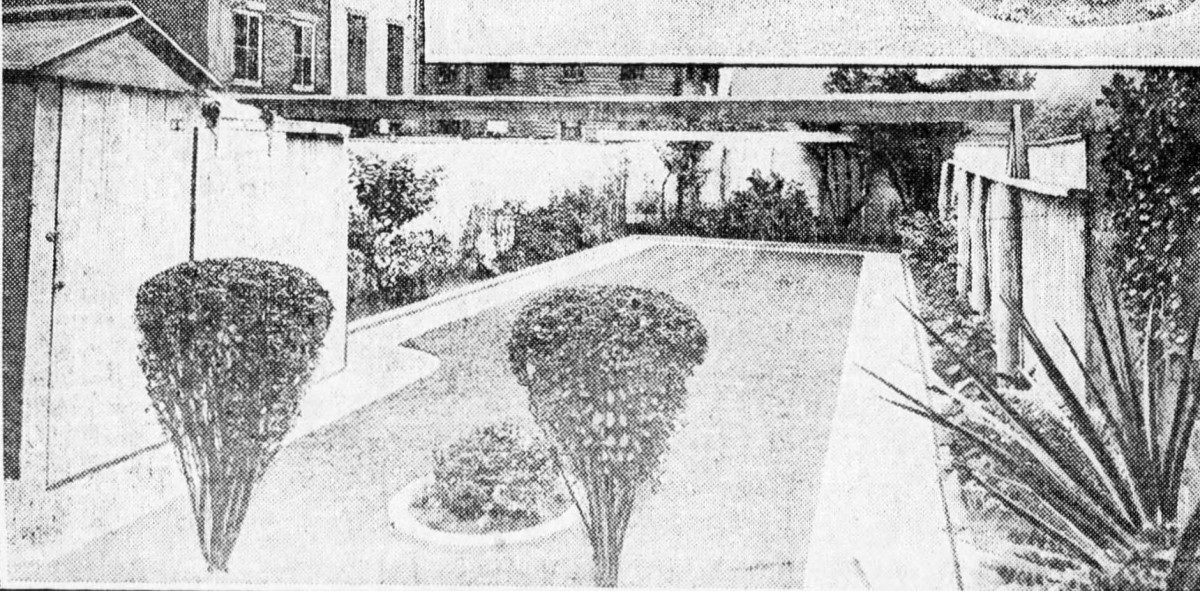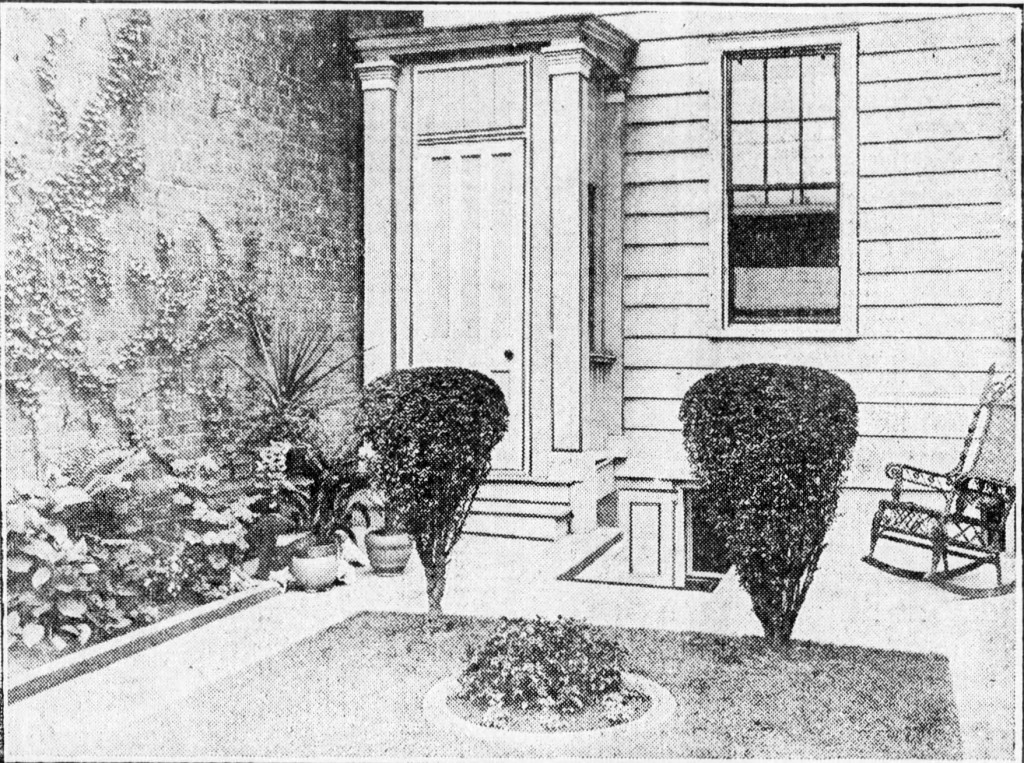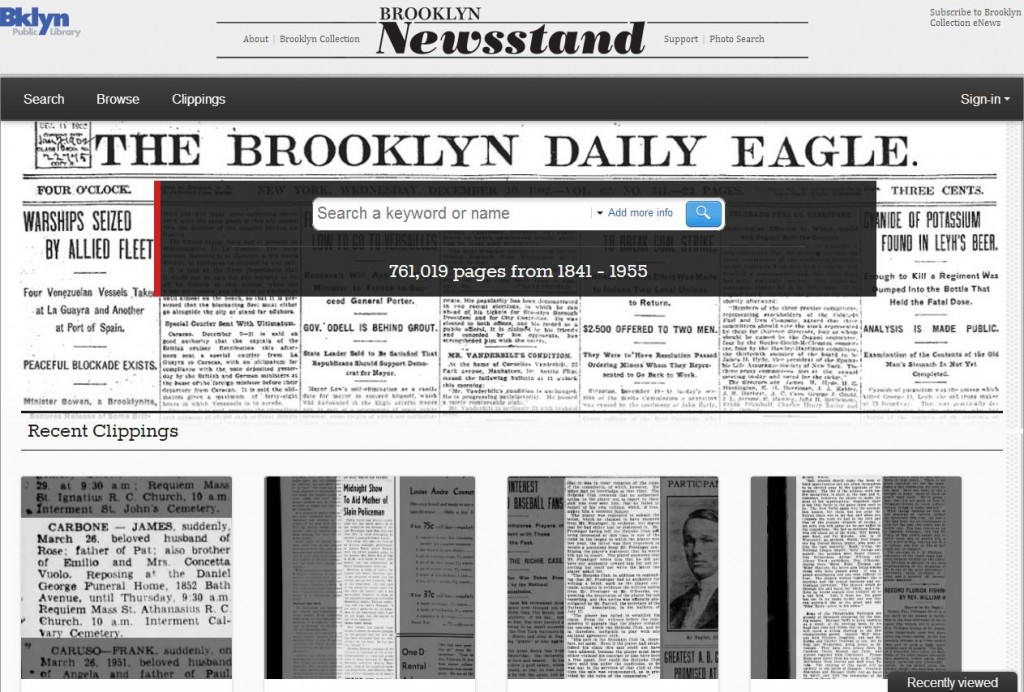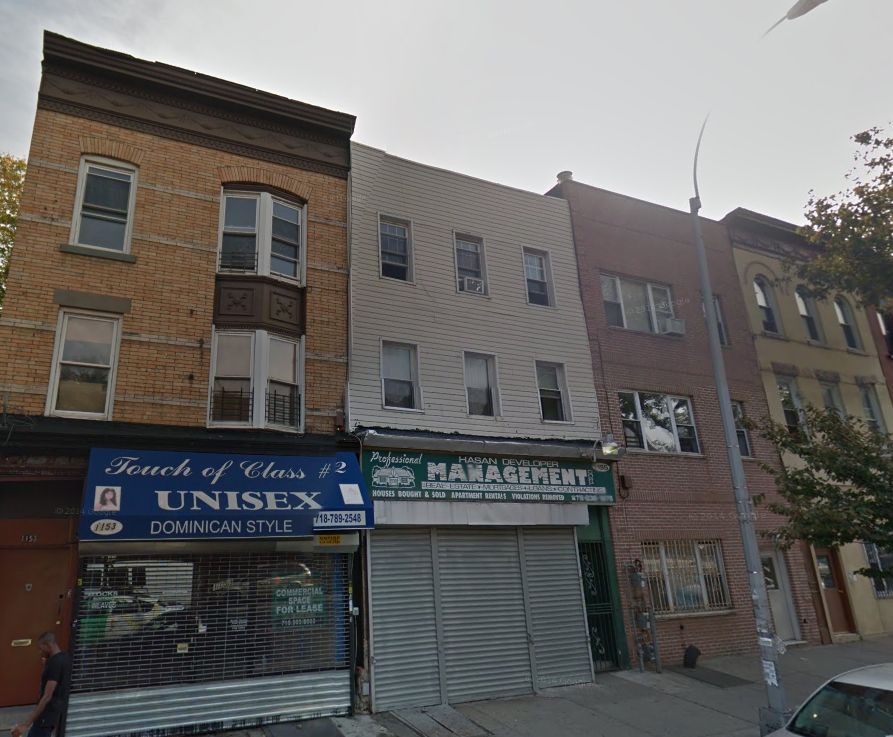EXHUMING THE GARDENER OF BED-STUY (1914)

Brownstone Detectives investigates the history of our clients’ homes.
The story you are about to read was composed from research conducted in the course of one of those investigations.
Do you know the history of YOUR house?
********************************************************************************************************************************
“All stories, if continued far enough, end in death, and he is no true-story teller who would keep that from you.”
— ERNEST HEMINGWAY, Death in the Afternoon

The dead are everywhere amongst us.
When we think of the past, we ponder the lives of those poor souls who once lived, breathed air, told tales, worked, and dreamed dreams.
They can no longer tell tales, as the saying goes, but those resourceful ones amongst us can often piece together their forgotten stories and, with them, weave the colorful and ornate narratives of their lives.
When we start researching a house and its former occupants, we never know what we’re going to find.
Sometimes we unearth a truly bountiful draw – pictures of owners, documentation on the building, and the stories about what had happened at that house – they seem to start popping up all over the place. With other houses, though, it can seem as if the place had never been occupied.
But we always find something. No matter how small. And these are the clues that become our figurative footprints.
We’re detectives, you know. 😉
THE GARDENER OF 1155 BEDFORD AVENUE
When we began snooping around 1155 Bedford Avenue, on the trail of a particular Charles Morse, we found a newspaper story about his beautiful backyard garden, replete with pictures – but that was it. Every source we used to locate information about the gentleman who owned the building and operated some sort of a store from it brought us up empty-handed.

Morse, though, seemed to be well-known in the district and had been an uncommonly good gardener, turning the space outside in the back of his store into an oasis which was the talk of the Bedford section. So we figured that there had to be more information than was appearing.
At times like this, when we get boxed into a corner doing research – and it seems as though there is no way to go forward – there is a certain maxim that can often help us to recover the scent and point us in the direction of our next step.
This is it:
“Journalists were very bad spellers back in the day – accuracy was even less important.”

So, we always keep in mind that the names that appear in the archives of newspapers are wrong a very surprisingly high percentage of the time – particularly if your subject was not an “important” person, or someone who was always in the press (even then, however, they quite often got their names wrong!).
And, oddly, two newspapers writing a story about the same person would often each have a different misspelling of that person’s name.
Yes, it can be that bad.
THE ONLINE NEWSPAPER

In this case, instead of starting off by paying a visit to the Department of Finance to determine the chain of title – a process that we highlighted in a previous blog post, which certainly would have had Morse’s name if he had been the owner of the building – an important and time-saving first research step is to do a search with online newspapers.
The New York Times and the Brooklyn Daily Eagle (at the Brooklyn Public Library) have excellent archives that can be searched online, and entering just the street address will often bring you a list of pages covering the life of the building – ads for kitchen girls, obituaries, weddings, fires, etc.
If you are lucky, you will find pictures.
Searching an online newspaper archive with “1155 Bedford Avenue” brought up a number of results – not for a “Charles Morse,” though – for a “Charles Moss.”
Not a surprise. Did the journalist writing the original story make the spelling mistake? Did he ask Moss to spell his name or did he just ask him what his name was and guess at the spelling?
Probably the latter.
It was at this point, armed with the correct name of our subject, that the floodgates opened.

“CHARLES, OF COURSE, WAS NOT A MORSE,
OUR LOSS – HE WAS A MOSS.”
Now, though, with Moss’s name firmly in hand, we were able to make the next step of engaging in some online sleuthing using his name in these newspaper archives and on the superb genealogical site, Ancestry.com.
Ancestry.com delivered a number of New York State and Federal censuses which provided us with a surprising number of details about his life.
Born in New Jersey in 1864, Charles Moss’s parents had emigrated from England. The entire family eventually moved to 1155 Bedford Avenue starting at some point, at least, by 1895, when a newspaper obituary shows that his father had died.

According to Ancestry.com, the 1910 Federal Census noted that Moss was married to Isabella Moss, an American citizen. They were renting at the time at 1173 Bedford Avenue at what appeared to be a 3-family rowhouse. Living with them was a step-child of Moss’s – S. Lester A. Shackman, 24. The census record further noted that Isabella had borne one child and that that one child had lived.
In 1897, the Moss family had placed an ad in the paper looking for a lost white and brown fox terrier pup named Nellie that had last been seen in the vicinity of Bedford Avenue and Madison Street.

Moss operated a cigar store on the ground floor of 1155 Bedford. We know this from newspaper accounts and from census records which indicate that he is a “cigar-maker.” We also know from the census documents that Moss owned the building. Additionally, we know that Moss rented out a floor – or rooms – to renters.
In an obituary for his mother, who passed in 1911, we learn that Charles, Jr., was their only son, but that he had six sisters.
Along with a stream of newspaper ephemera on the Moss family, we learn that in 1937 Charles has died, leaving 1155 Bedford Avenue to his wife.
While this is certainly not a complete picture of Mr. Charles Moss, we know more about him – and 1155 Bedford Avenue – than we knew before.

———————————————————————————————————————–
 Brownstone Detectives is an historic property research agency. Our mission is to document and save the histories of our clients’ homes. From our research, we produce our celebrated House History Books and House History Reports. Contact us today to begin discovering the history of your home.
Brownstone Detectives is an historic property research agency. Our mission is to document and save the histories of our clients’ homes. From our research, we produce our celebrated House History Books and House History Reports. Contact us today to begin discovering the history of your home.